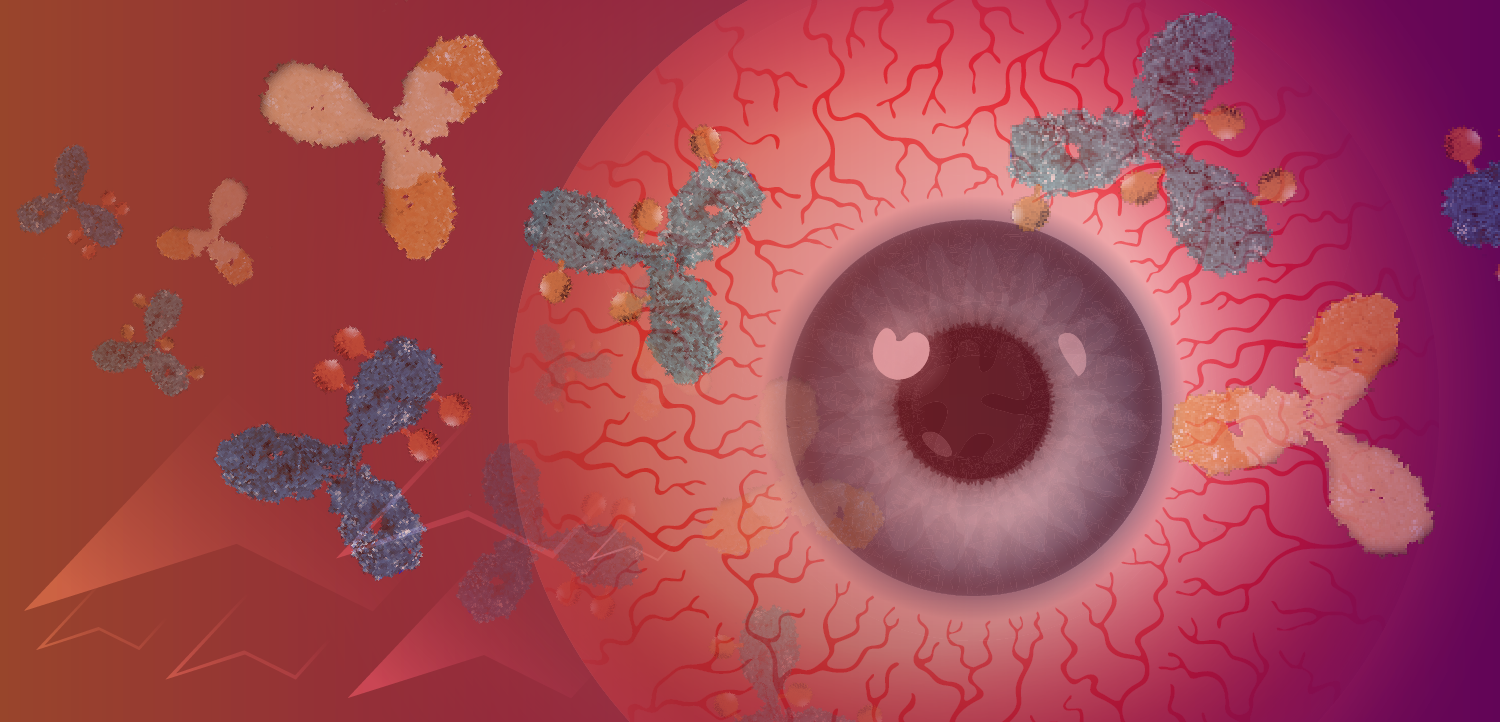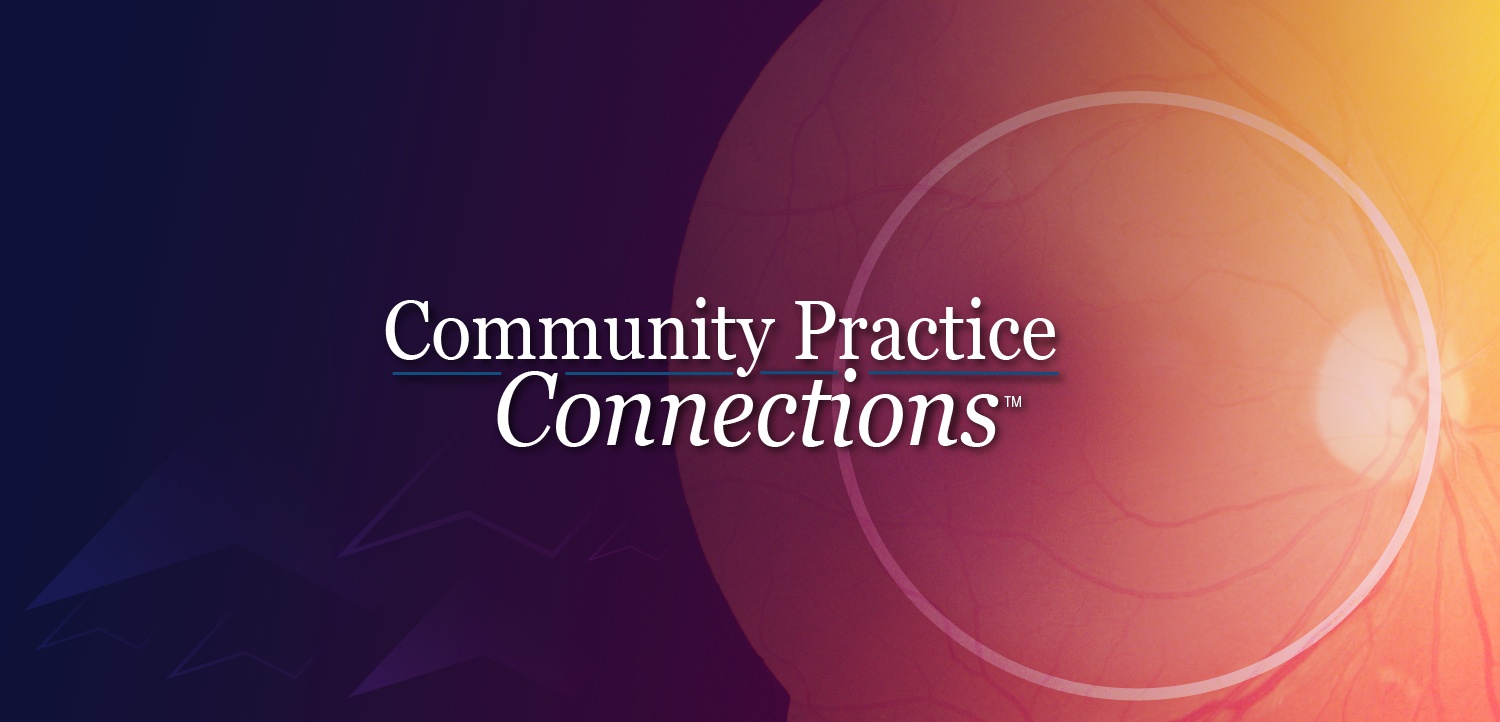Dr. Judah Folkman delivers keynote address during opening session
"Ocular angiogenesis in experimental animals has been the bedrock basis of advances across the field of angiogenesis research, and it continues to illuminate future directions of therapy," renowned medical researcher Judah Folkman, MD, said during the keynote speech of the opening session of the annual meeting of the American Academy of Ophthalmology.
"Ocular angiogenesis in experimental animals has been the bedrock basis of advances across the field of angiogenesis research, and it continues to illuminate future directions of therapy," renowned medical researcher Judah Folkman, MD, said during the keynote speech of the opening session of the annual meeting of the American Academy of Ophthalmology.
Dr. Folkman, considered to be "the father of angiogenesis," treated attendees to a presentation detailing the history of angiogenesis research, beginning with his introduction of the term in a 1971 New England Journal of Medicine article.
"When this paper was published, I was very happy, and I thought maybe now the field would really take off," he said, "but nothing happened for 10 years." During that time, he added, his laboratory developed bioassays for angiogenesis, including one for cornea.
Today, at least 10 angiogenesis inhibitors, or drugs that have anti-angiogenic activity plus anti-cancer activity from other mechanisms, are approved by the FDA, Dr. Folkman said. "In 2006, 1.2 million people received prescriptions for FDA-approved drugs for the treatment of cancer or for age-related macular degeneration," he added.
As for the future, Dr. Folkman concluded, "There is a need for drugs that could maintain long-term suppression of pathologic angiogenesis [in the eye] without side effects, and we're working on three of those."
Newsletter
Don’t miss out—get Ophthalmology Times updates on the latest clinical advancements and expert interviews, straight to your inbox.















































.png)


